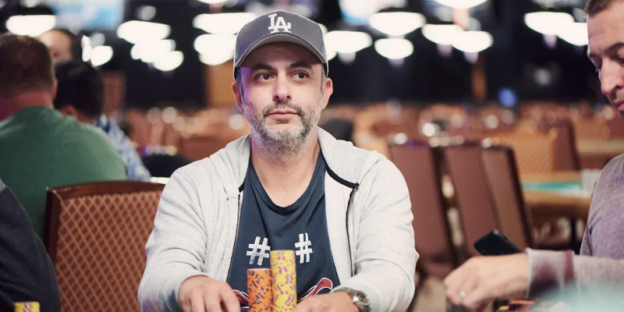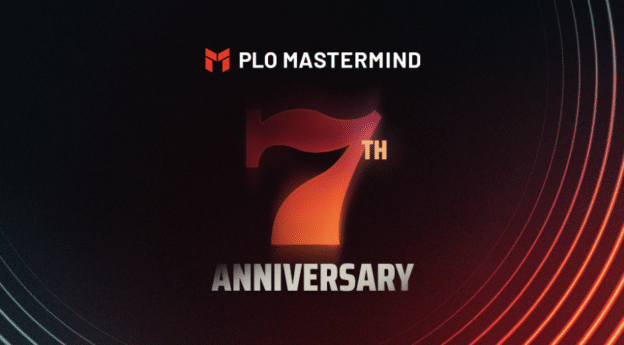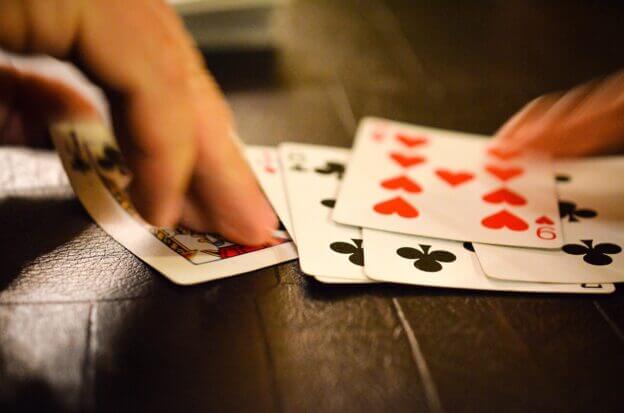Poker squeezing refers to a pre-flop situation where you 3-bet after there has been a raise and a subsequent call (or multiple calls) to that raise. In other words, an opponent raises, gets called, and then you or another opponent 3-bets (poker squeeze).
Squeezing is a massive tool when it comes to PLO Strategy. The biggest mistake most players are making is that they are loosely calling or cold calling too many hands when someone already opened raised, and the guy who has a good hand and can squeeze can take advantage of this.
When you face a raiser and one or multiple callers, it’s not really about just expanding your range by adding more hands because of pot odds. The realizability component you have in your hand becomes much more important in multi-way pots.
1. The GTO Squeeze
Let’s start off with a closer look at GTO squeezing numbers. In the following clip from our Shortstack Bootcamp course, JNandez goes into squeeze percentages for different stack sizes.
In this case we will use an example based on a cutoff raise, button cold call, and the action falling to us, sitting in the small blind. We’re going to look into what that the squeezing range for this scenario consists of, and how should we adjust if the initial raiser (cutoff) is not folding often, or never folding versus a squeeze.
First things first, here is the GTO overview of the small blind strategy, you can see all the squeeze percentages for all 18 categories.

In the following section I’m going to highlight a couple of interesting takeaways from this graph. We won’t go into Aces here because pocket Aces are basically always being squeezed here.
Broadway Pairs
Broadway pairs that are double-suited are being squeezed 64% as single suited and rainbow versions are only squeezed 16%.
Kings that are double-suited are always being squeezed in this situation, and when we’re looking at single-suited Kings, they are being squeezed when they have an Ace, are double paired, or extremely well connected.



Double-suited Queens 80% of the time we are squeezing, basically not squeezing the ones that are most disconnected. When single-suited, there is a massive drop going to 13%, so they must be extremely well connected, and we must have four high cards in our hand.



Double-suited Jacks & Tens already again a massive drop now only 42% of them are being squeezed. You must have an Ace in our hand, be double paired or extremely well connected here to consider squeezing with these type of hands.
Single-suited Jacks and Tens are only squeezed 5% of the time. We must have an Ace, be suited to the Ace, be extremely well connected, and the best pairs are also fine.


Rainbow Queens, Jacks, & Tens are never squeezing.
Double-Suited Rundowns



If we have an Ace, we’re always squeezing. If we don’t have an Ace, we’re squeezing 45% of the time. If we have zero gaps, and we also don’t have an Ace of course, we’re squeezing 78% of the time, one gap 77% of the time, and two gaps 19%.
So in my opinion, the biggest takeaways here is that 0-gaps and 1-gaps we are basically always squeezing or extremely often squeezing, and we’re almost never squeezing with two gaps.
Broadway + 1 Non-Broadway
If you do have an Ace here, 87% of the time you’re squeezing, but without an Ace, you’re basically never squeezing, almost like 4%. So here I would say simplify it to always squeeze with an Ace and never squeeze without an Ace, and you’ll be totally fine.
Broadway + 2 Low Connectors


With the Ace 52% of the time we are squeezing, and without an Ace there’s only a 7% Squeeze looking into this category. So again, the Ace is a very important asset in our hand. We also highly prefer not having a 5 or lower card in our hand. We don’t want to have those wheel cards and without the wheel cards, we’re gonna squeeze aggressively.
Adjusting vs. Low/No Fold to Squeeze
The adjustment here will inevitably be to squeeze less when the initial raiser has a low-fold or no-fold versus squeeze. Some hands will not merit a squeeze anymore, so they can now go into our cold calling range.
With high pairs, connectivity and high-suits become more important. And occasionally we want to flat some of the weakest Aces instead of going for the squeeze, because even those hands benefit occasionally from all the equity, especially like the weakest rainbow ones.
If you think about the double-suited rundowns, the bottom of our GTO squeeze is now often being a call or a fold. Especially rundowns like 8-high or 7-high don’t want to squeeze anymore. You have to make sure that all four cards work together.
In terms of exploitation, think about if you have a very passive big blind behind you that will never squeeze. If you have some recreational players opening in front of you, there are of course always reasons to enter the pot a little bit lighter.
Facing a Squeeze
It’s also necessary to know how to act when you are facing a squeeze yourself. So now we will flip the same scenario: you open raise from the cutoff, the button is cold calls, and the small blind is squeezing you.
We’re supposed to be very tight and play a very narrow and well defined range versus a squeeze at low stakes. So if we sit in the cutoff here versus a small blind squeeze in a low-stakes GTO simulation we are supposed to fold 60% of our hands here. We’re only calling 28% of the time and 4-betting 12%.
Principles
- First of all, you should always 4-bet Aces in this situation.
- Secondly, Broadway pairs need a lot of additional components to continue.
- Don’t overvalue double-suited semi-connected rundowns.
- Single-suited rundowns are folded very, very often.
- In the following section, we’ll look into each one of these individually.
Single-Suited Broadway Pairs



We’re folding 67% of all these combinations. You should focus on a lot of connectivity and focus on also having suited Ace and a chance to block Aces. Let’s look into some hands that were supposed to continue with by calling. Recognize and pay close attention to the fact that many of the weaker combos than these are supposed to be a fold.
2 Broadway + 2 Non-Broadway



We are supposed to fold here 50% of the time. It’s very very important to have the Ace, because then we have a very low fold frequency of only. If we don’t have the Ace, the fold frequency goes up to 81% of the time. Let’s look at some examples here.
Single-Suited Rundown (with 0, 1 or 2 gaps)



On this specific category of hands we are folding 61%. We should focus on having a suited Ace with three Broadway cards to continue. Focus on perfect or near perfect connectors and low run downs.
A low rundown doesn’t do that poorly here because if we hit a piece of the board, we do very very well here. So we have also easy decisions if the cards on the board become very high, where we can easily fold. But if we are getting more gaps in these hands, we should mainly be folding very often.
4-Betting



When it comes to 4-betting in this scenario, we know that we should always 4-bet Aces. However, there are some groups of hands that we can also potentially 4-bet . These are double-suited rundowns, and high pairs that have an Ace blocker. Let’s look into some of these examples.
If our opponent is not squeezing as wide as he should from a GTO model, but he’s squeezing somewhat tighter, heavily leaning towards Aces, these hands don’t perform as well as a 4-bet because they particularly do very bad against Aces.
Conclusion to Poker Squeeze
The main takeaway of the article is to extend your squeezing range. But not across the board, it’s all about range composition, and also exploitation.
Think about how far can you really extend your poker squeeze range because there are loose callers in between. If the initial raiser has a low-fold or no-fold frequency you want to squeeze tighter, so connectivity and high suits become more crucial.
I recommend checking out PLO Trainer and learning more about the GTO frequencies because it’s always good to have a good understanding of your squeeze percentage.



